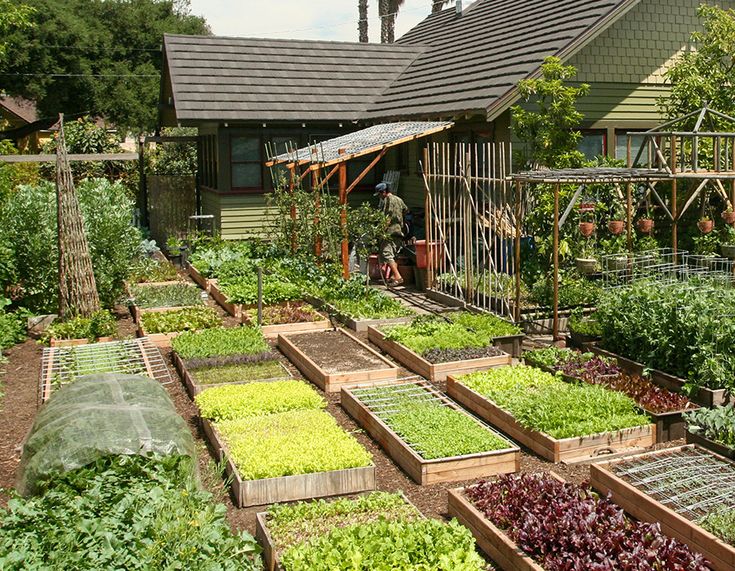For those who dream of self-sufficiency, owning a 15-acre homestead is a dream come true. However, with great land comes greater responsibility, especially when it comes to emergency preparation. Whether you’re a seasoned homesteader or just starting, being prepared is crucial. In this guide, we’ll delve into the essentials of emergency prep on a 15-acre homestead, ensuring you and your family can thrive during uncertain times.

Understanding the Importance of Emergency Prep
Living on a 15-acre homestead provides numerous opportunities for self-sufficiency. However, it also comes with challenges. Natural disasters, power outages, and other emergencies can strike at any time, emphasizing the need for a solid emergency preparedness plan. By preparing in advance, you can mitigate risks and ensure safety and comfort for your family.
Why a 15-Acre Homestead?
The allure of a 15-acre homestead lies in its potential for growth and self-reliance. With ample space, you can cultivate various crops, raise livestock, and even set up sustainable energy sources. This land size provides the perfect balance between manageability and the ability to produce enough resources for long-term sustainability.
Key Components of Emergency Preparation
1. Water Storage and Management
Water is the backbone of any homestead. Ensuring a steady supply is crucial. Consider drilling a well, installing rainwater collection systems, and investing in high-capacity storage tanks. For more detailed strategies, you can explore water storage for emergencies.
2. Food Production and Preservation
Growing your food is a significant advantage of homesteading. Focus on planting a variety of fruits and vegetables. Implement techniques like crop rotation and companion planting to maximize yield. Additionally, learn canning, drying, and fermenting to preserve your harvest.
3. Energy Independence
Consider renewable energy sources such as solar panels and wind turbines. These can reduce your reliance on external power sources and ensure you remain functional during outages.
4. Security Measures
Protecting your homestead from intruders is essential. Install security systems, fencing, and keep animals like dogs for added protection. Understanding your neighbors can also enhance security through mutual vigilance.
5. Fire and Storm Preparation
Firebreaks are crucial in preventing wildfires from reaching your home. Learn more about setting up firebreaks. Additionally, ensure your home is fortified against storms by checking roofing and securing loose items.
Building a Community Network
Having a reliable network of fellow homesteaders can be invaluable. Share resources, knowledge, and support, especially during emergencies. Collaborate on projects and learn from each other’s experiences.
Regular Maintenance and Upgrades
Periodically inspect your homestead’s infrastructure. Regular maintenance can prevent small issues from becoming significant problems. Consider upgrading systems when possible to improve efficiency and reliability.
Financial Preparedness
Ensure you have emergency funds set aside for unexpected repairs or purchases. Budget wisely and prioritize essential upgrades and supplies.
Investing in Insurance
Having the right insurance policies can provide peace of mind. Ensure your homestead is covered against natural disasters and other potential risks.
Education and Skill Development
Knowledge is power. Continuously educate yourself on emergency prep techniques and homesteading skills. Consider attending workshops, reading books, and joining online forums.
Conclusion
Preparing for emergencies on a 15-acre homestead might seem daunting, but with careful planning and execution, it becomes manageable. By focusing on essential areas like water, food, energy, and community, you can ensure a safe and sustainable future. For a detailed layout of a homestead, you can visit this external resource.

FAQs
1. How can I start with emergency prep on my homestead?
Begin by assessing your current resources and vulnerabilities. Focus on securing water, food, and energy while also building a community network.
2. What are the best crops to grow on a 15-acre homestead?
Consider a variety of fruits, vegetables, and grains that suit your climate. Diversification ensures a steady food supply year-round.
3. How can I ensure my homestead is fire-safe?
Implement firebreaks, clear brush regularly, and ensure buildings are constructed with fire-resistant materials. More details can be found on fire safety.





